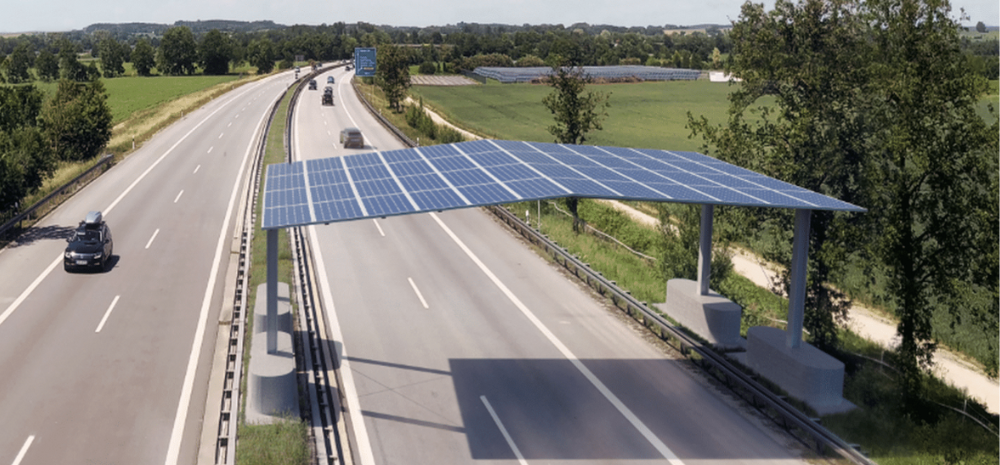This is a Guest Post by Mr. Rohit Vadera, CEO, PURE EV
The Electric Vehicle Market in India is expected to grow at a compound annual growth rate of 49% between 2022 and 2030 and is expected to reach 10 million annual sales units by 2030. The pivotal factor for EVs’ growing popularity is their environmental impact, as EVs run on batteries that emit almost zero carbon emission.

Therefore, they are significant for better environmental health. However, there is a dire need to improvise and create more sophisticated EV batteries to reduce current concerns of low-range anxiety, heating up and charging infrastructure. Manufacturers and experts are developing innovative solutions to enhance EV batteries to help increase the adoption of EVs in India.
Growth in EV battery Technology
Continuous research in battery chemistry leads to energy density, lifespan, and safety breakthroughs. Lithium-ion technology remains dominant. Still, newer chemistries like solid-state batteries are on the horizon, promising even higher energy densities and faster charging capabilities. Solid-state batteries hold immense promise for EVs due to their higher energy density, rapid charging capabilities, longer lifespan, and improved safety. As solid-state battery technology matures, it will become a game-changer for EV ranges and charging times.
Improvement in Energy Density
Improving the energy density of EV batteries is crucial for extending the driving range. Manufacturers invest heavily in R&D to develop batteries offering competitive ranges, making EVs more appealing to a broader consumer base. Simultaneously, advancements in battery technology are enhancing the performance of EVs, including acceleration and overall power output.
Development of EV Infrastructure
The development of fast-charging infrastructure is critical for widespread EV adoption. Battery technology must be compatible with high-powered chargers to ensure EV owners can access convenient and efficient charging solutions, reducing range anxiety. Establishing standard battery pack designs and interface protocols will ensure that multiple vehicles can use battery swapping, fostering widespread adoption.
Developing Sustainable Options
Manufacturers are increasingly focused on the environmental impact of EV batteries. Conducting comprehensive life cycle assessments helps identify areas for improvement regarding resource usage, energy consumption during production, and end-of-life disposal. Additionally, establishing robust recycling processes for spent batteries is becoming a priority to minimise waste and maximise resource recovery.
Developing thermal Management systems
Effective thermal management is crucial for ensuring the safety and longevity of EV batteries. Advanced cooling and heating systems are being developed to regulate the battery pack’s temperature, preventing overheating during charging or extreme weather conditions. Adopting efficient cooling systems for electric vehicles is detrimental to enhancing battery safety, increasing battery life, and minimising the harsh effects of high surface temperatures on battery cells.
Benefits of Mass Productions of EV Battery
The mass production of batteries is essential for driving down costs. As production volumes increase, economies of scale come into play, reducing the overall cost of EVs and making them more competitive with internal combustion engine vehicles.
Clear and consistent regulations and industry-wide standards are vital for ensuring the quality and safety of EV batteries. Additionally, government incentives and policies can stimulate innovation and investment in the EV battery sector.
Interagency Collaboration
Collaboration between automakers, battery manufacturers, research institutions, and government agencies is essential for accelerating progress in EV battery technology. Open innovation models, where knowledge and research findings are shared across the industry, can help drive collective advancements.
The rise in the growth of electric vehicles worldwide propels more research and advancement in the electric vehicle management system. Various manufacturer’s research bodies are working towards strengthening EV structure. As more manufacturers enter EV battery technology, the future looks promising for EV adoption.












